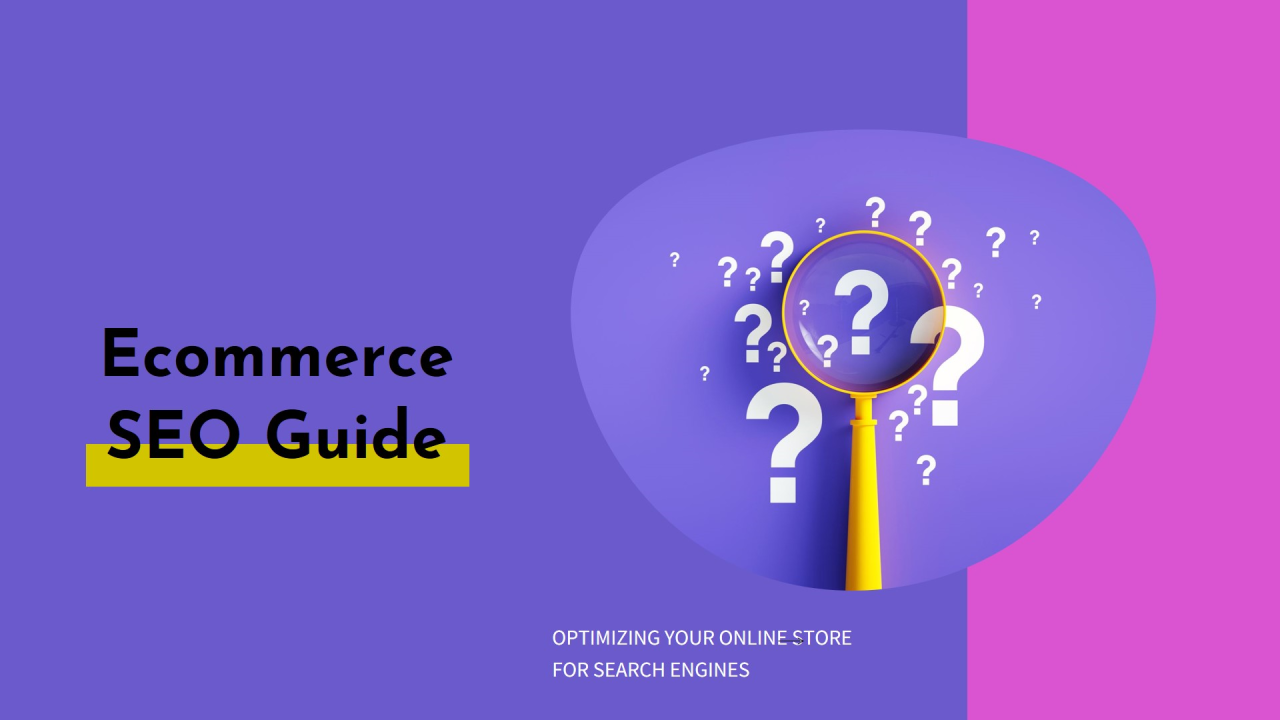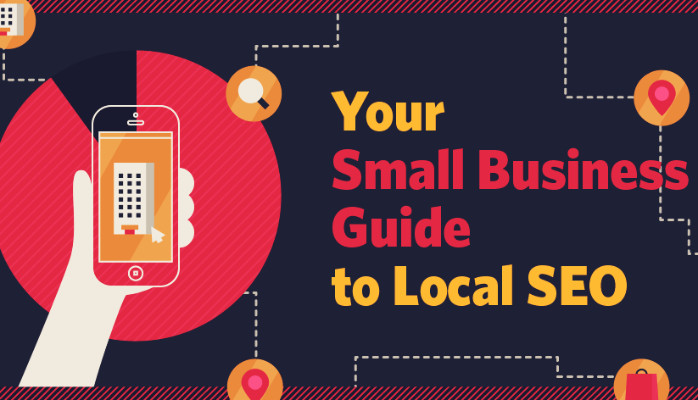This guide will walk you through the critical aspects of technical SEO for e-commerce sites, offering actionable steps to optimize your store for better performance in search rankings.
1. Site Structure and URL Optimization
a. Flat and Organized Site Structure
A well-organized site structure is essential for both user experience and search engine crawlers. E-commerce sites typically have a wide range of product and category pages, so it’s crucial to ensure that every page is easy to access.
- Flat Architecture: Aim for a site structure that allows users and crawlers to reach any page within three clicks from the homepage. This is especially important for large e-commerce websites with thousands of products.
- Logical Hierarchy: Organize your site by grouping similar products under relevant categories and subcategories. For example, a clothing store might structure its categories like this:
- Homepage > Men > Men’s Shoes > Running Shoes
b. URL Structure
A clean and descriptive URL structure helps both search engines and users understand the content of your pages.
- Descriptive URLs: Use URLs that reflect the page’s content, such as
/mens-running-shoes/waterproof-running-shoes/. Avoid URLs with random strings or numbers like/product1234. - Keyword Use: Incorporate your primary keywords naturally into the URL, but avoid keyword stuffing.
- Hyphens Over Underscores: Use hyphens to separate words in URLs (
/mens-shoes/) instead of underscores (/mens_shoes/), as Google prefers hyphens.
2. Mobile-Friendliness and Responsive Design
Given that more than 50% of global online traffic comes from mobile devices, ensuring your e-commerce site is mobile-friendly is essential for both SEO and user experience.
a. Mobile-First Indexing
Google now primarily uses the mobile version of your site for indexing and ranking, so it’s important that your site is optimized for mobile devices.
- Responsive Design: Implement a responsive design so that your website adjusts to different screen sizes, whether viewed on a desktop, tablet, or smartphone.
- Touch-Friendly Design: Ensure buttons and links are large enough for mobile users to click without zooming in.
- Avoid Flash: Flash elements do not load on most mobile devices and can slow down the site.
b. Page Load Speed
Slow-loading pages drive users away and can significantly impact your SEO rankings. Google has emphasized page speed as part of its Core Web Vitals update, which measures load times and user interaction.
- Optimize Images: Compress images and use modern formats like WebP to reduce file size without sacrificing quality.
- Enable Browser Caching: Store static files, such as images and CSS, locally in a user’s browser to speed up return visits.
- Minify CSS and JavaScript: Remove unnecessary characters (like spaces and comments) from your CSS and JavaScript to reduce file sizes.
3. Crawlability and Indexing
For search engines to rank your site, they need to be able to crawl and index your pages. Ensuring proper crawlability and indexability is a critical aspect of technical SEO.
a. XML Sitemap
An XML sitemap is like a roadmap for search engines. It helps search engines discover and index your pages.
- Include Key Pages: Ensure your sitemap includes all critical pages, such as product pages, category pages, and blog posts.
- Dynamic Sitemaps: For large e-commerce sites, use dynamic sitemaps that automatically update as you add new products or categories.
- Submit to Google Search Console: Regularly submit your XML sitemap to Google Search Console to keep Google updated on any changes or new pages.
b. Robots.txt File
A robots.txt file tells search engines which pages they can or cannot crawl.
- Block Unnecessary Pages: Prevent crawlers from indexing pages like shopping cart, checkout, and admin pages by disallowing them in your robots.txt file.
- Allow Essential Pages: Ensure that all your product and category pages are crawlable by search engines.
c. Canonical Tags
Duplicate content is a common issue on e-commerce sites, particularly with product pages that have similar content (e.g., color or size variations). Canonical tags tell search engines which version of a page is the “master” version.
- Avoid Duplicate Content: Use canonical tags on product variations and pages with similar content to avoid duplicate content penalties.
- Cross-Domain Canonicals: If you sell your products on third-party sites like Amazon, ensure you use cross-domain canonical tags to point back to your original site.
4. Structured Data (Schema Markup)
Structured data or schema markup is a form of code that helps search engines understand your content better and display rich results in SERPs (Search Engine Results Pages).
a. Product Schema
For e-commerce, Product Schema is one of the most important types of structured data. It helps search engines display detailed information about your products, such as:
- Price
- Availability
- Ratings
- Reviews
- Implement Rich Snippets: Use schema markup to generate rich snippets for your products, such as star ratings and product price ranges, in search results.
b. Breadcrumb Schema
Use breadcrumb schema to help search engines understand your site’s structure and display navigational breadcrumbs in SERPs.
- Improve User Experience: Breadcrumbs also help users navigate your site more easily, leading to better engagement and potentially higher conversion rates.
5. HTTPS and Security
Google prioritizes secure websites, making HTTPS essential for both SEO and user trust. In e-commerce, where sensitive customer information is exchanged, ensuring your site is secure is vital.
a. SSL Certificates
- HTTPS Encryption: An SSL certificate ensures your site uses HTTPS encryption, protecting user data and providing a ranking boost in search engines.
- Address Bar Padlock: The padlock symbol in the address bar reassures users that their data is secure, boosting trust and conversion rates.
b. Secure Payment Gateways
- PCI Compliance: Ensure your payment gateways are PCI DSS compliant, a mandatory standard for handling sensitive customer payment information.
6. Pagination and Infinite Scroll
E-commerce sites often have numerous products displayed across multiple pages. Handling pagination correctly is essential for SEO.
a. Pagination Tags
Use rel=”next” and rel=”prev” tags to signal to search engines that paginated pages are part of a series. This prevents content from being split and ensures all products are indexed.
b. Infinite Scroll vs. Pagination
While infinite scroll can be great for user experience, it’s tricky for SEO. To make infinite scroll SEO-friendly, ensure that it loads content dynamically and uses pagination URLs in the background.
7. Managing Duplicate Content
Duplicate content can be a major issue for e-commerce sites, particularly when the same product is listed in multiple categories or has several variations.
a. Avoid Thin Content
Ensure that your product descriptions are unique and not copied directly from manufacturers. Duplicate or thin content can hurt your SEO performance.
b. Use Canonicals for Product Variations
For different variations of a product (e.g., different colors or sizes), use canonical tags to point to the primary product page, reducing the risk of duplicate content.
8. International SEO for E-commerce
If your e-commerce site serves users in different countries, international SEO practices are essential.
a. Hreflang Tags
Use hreflang tags to indicate the language and region for different versions of your site. This helps Google serve the correct version of your site to users based on their location and language settings.
b. Localized Content
For international audiences, create localized content for each target market. This includes translating product descriptions and tailoring your content to fit local preferences and cultural nuances.
Conclusion
Technical SEO forms the foundation of your e-commerce site’s performance.
By optimizing your site’s structure, crawlability, mobile experience, and implementing structured data, you can significantly improve your search engine visibility and user experience.
These technical adjustments, though often in the background, directly contribute to better rankings, higher traffic, and improved conversions.
Regular monitoring and updates to your technical SEO practices are essential to keeping your e-commerce store competitive in the ever-changing landscape of search engine algorithms.




